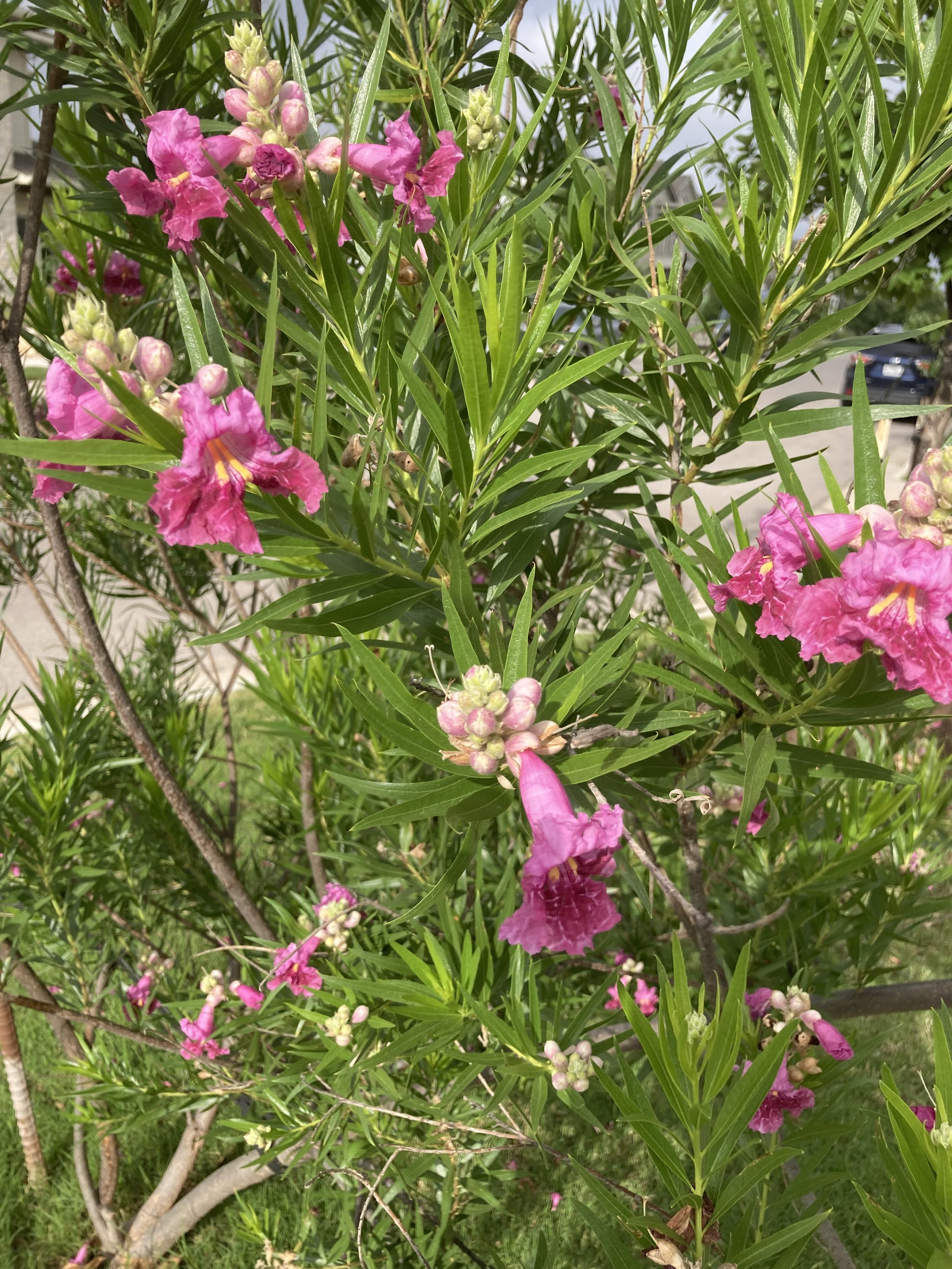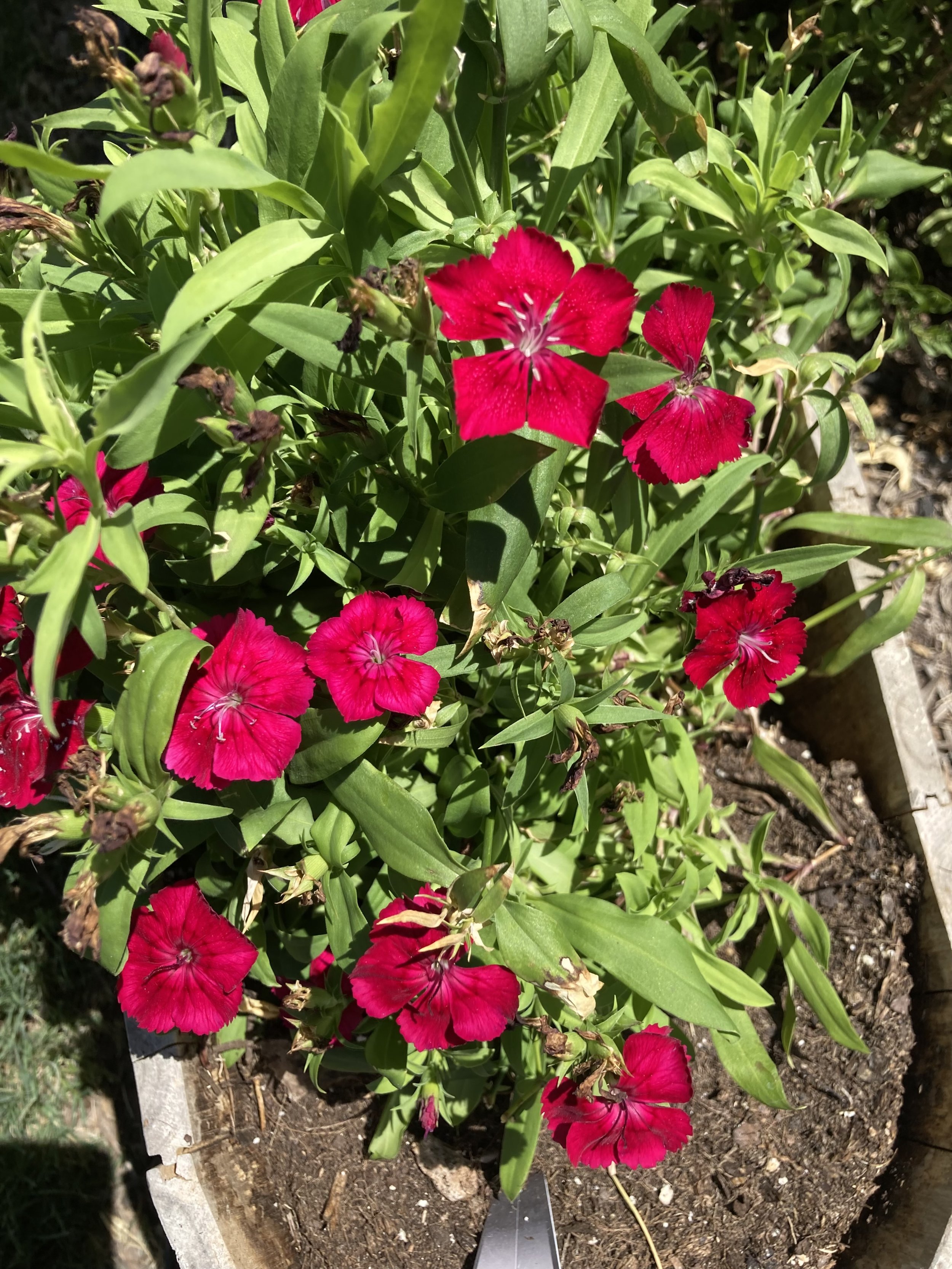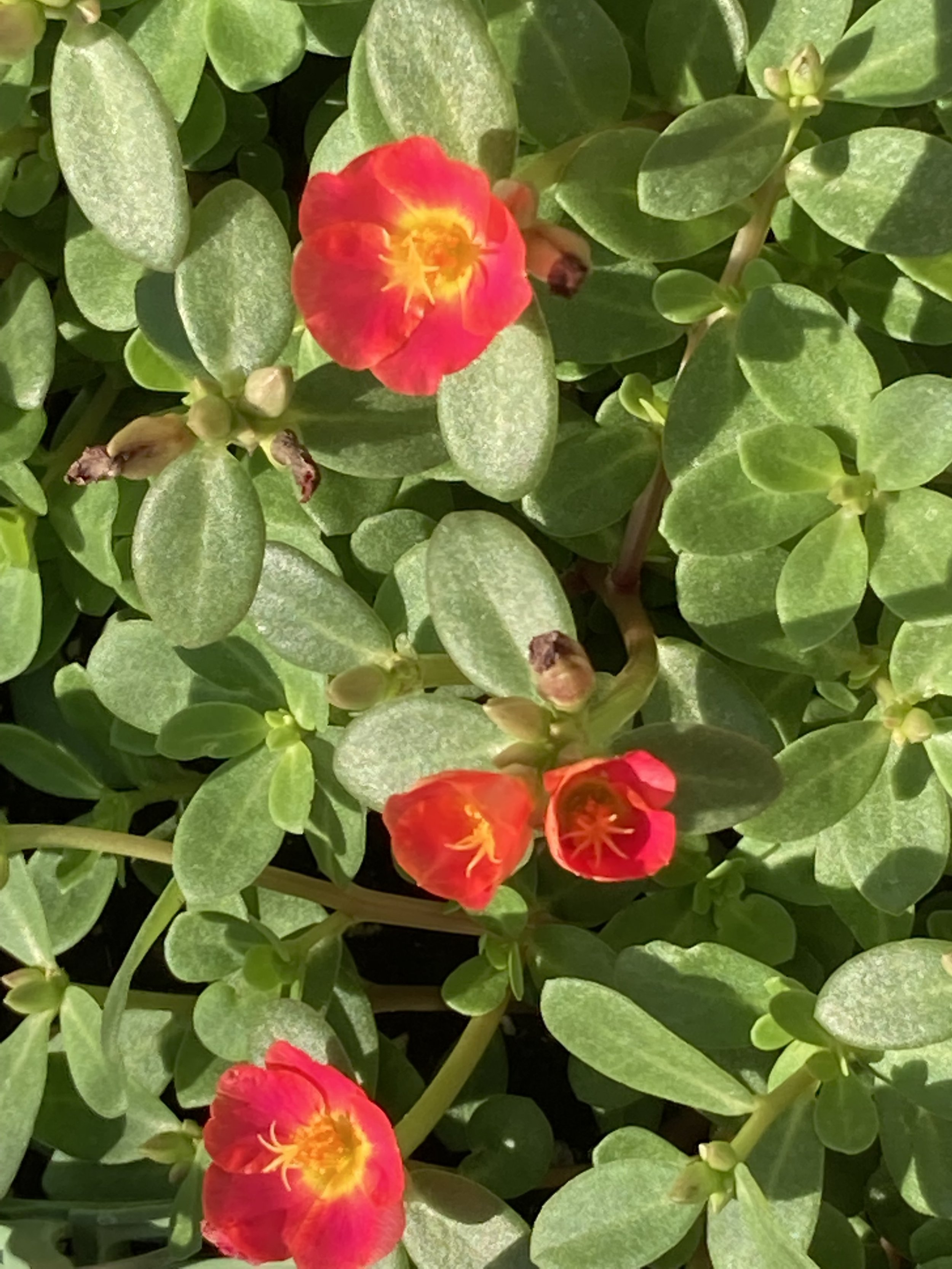Ask anyone who gardens in Austin and they will tell you: the soil is poor, piss-poor. Too much clay, not enough minerals, poor drainage. My autumn sage plants and pink-flowering desert willow tolerate it well; so do the maiden grass plants I nicknamed the Hair Twins. But things like tender-leafed herbs and salads will struggle—if they grow at all. You need to shovel down into the stickiness and gradually amend it with compost and other nutrients. Or buy raised bed planters and fill them up with good gardening soil.
I know more about these things now that I have some land to work. Six years ago, when I first started trying to grow things, I was living in a tiny studio with an outsized porch with the splintering wood floor that got just two hours of late morning sun. That wasn’t so bad, especially deep in the doggiest of Texas summer days. But what I didn’t know is that little bit of light would never be enough to grow the herbs I wanted for my soups, sauces and breads.
The plant deaths wouldn’t stop. I killed three or four rosemary seedlings and a mint plants the nursery said were too tough to die. I couldn’t understand it. My one potted houseplant did well but maybe that was luck. Maybe I had a black thumb.. The more I thought about it, the more I wondered if that black thumb hadn’t also blighted the life I was living. I could start with the best intentions and water them with all my sweat and all my tears. The end result would always be the same: a life where nothing—except perhaps a root-bound pothos plant—grew as it should.
A more experienced gardener would have seen it right away: the conditions were all wrong. I wanted herbs that loved the sun and needed space to thrive. But all I could give them was shade and small pots to live in. It was the perfect recipe for disappointment and one I kept repeating again and again. Always hoping for better, without looking at why what I’d been doing hadn’t gotten me where I wanted to go. Never realizing that how I grew the plants in my container garden was how I was growing my life.
Two years after I started collecting pots and killing seedlings on my oversized porch, everything changed. I bailed out of college teaching and romantic disappointment over a professor who loved himself too much to love anyone else and jumped into the first 9 to 5 job I could find. This was my great uprooting; and for the next year I wondered: can I grow here? Sitting in a gray cube under fluorescent lights I dove into the pixelated natural worlds of YouTube and immersed myself in the sounds of streams, rivers and oceans. That helped. So did the money that showed up in my bank account every month, money I used to rent a one-bedroom apartment with a west-facing outdoor deck that got filtered afternoon sun.
I bought more bags of gardening soil and bigger containers to grow rosemary (again), lavender and tomatoes. The rosemary got so bushy and the lavender so big I could smell both every time I opened the sliding glass door that separated the deck from my living room. The tomato plants, grown from seeds spooned out of fruit from the local market, sprang up tall and green. But tomatoes need space and depth to produce more than the few fruits I picked. I didn’t know that, just as I didn’t know that lavender needed sandy soil to throw out the violet spears I longed to see. But it was progress. Now I realized my gardening thumb was just inexperienced and not naturally prone to murder.
In the meantime I kept going to my job in the gray cube and imagined what it would be like to live in a house again after twenty years of apartments. Someone I knew told me about a housing program for moderate income people and I looked into it, sure that something would trip me up. I was wrong. A year later and mid-pandemic, I moved into a condominium with the 60 square foot garden pre-planted with cacti, autumn sage and maiden grass. I’d have to wait until winter had passed to do anything. But for the first time I had land, real land, with sunlight: six hours in summer and four in winter.
The following spring, my red-handled trowel didn’t have to go too far down into the dirt to hit clay. So I bought bigger pots and more garden soil and grew basil in a wooden raised bed planter that fell apart three months after I put it up. In its place I built an enclosed mini-berm with extra dirt and wood salvaged from the planter, re-homed the basil. The experiment worked: soon I was making more pesto than I knew what to do with. Emboldened by my success, I grew bell peppers, thyme, parsley and sage from seed in buckets and barrel planters. I bought flowering yellow purslane to keep by the door and ordered a blackberry plant and tiny pomegranate seedling. Urban homogeneity had slowly given way to something that felt like home.
And by God, everything grew. Even when the gray job went away the second summer into the pandemic. Even as people walked in and out of my life. The garden took root in all my containers as I took root in my small house. All those green lives now helped me to forget that the world—and for a time, my own life—had devolved into chaos. But like the seasons, we weathered the disorder together. I watered them each night to protect them against withering heat then covered them under big blue tarps after the first frost killed a quarter of my plants. All while waiting for the next job I never thought would come. And learning to enjoy the simple fact of its presence on my porch or in the living room that overlooked it.
There’s a brief passage at the end of Voltaire’s novella Candide that goes like this: il fault cultiver notre jardin—we must tend our gardens. If we focus on what is before our eyes rather than on the invisible and intangible, we can manage. These words were never far from my mind as I cleared my tiny plot. And as I learned the rhythm of the seasons and how to work with the elements: the sun and shade, the rain (or lack of it); and the soil. The world beyond my garden would go on its madness, just as it had two-and-a-half centuries ago for Voltaire and his hero Candide. But I could still find my peace in greenness I’d grown on difficult earth.
These days, my green things are thriving in big steel planters a friend jokingly called Texas bathtubs. But they’re sturdy, like the brick walls of my house and give my plants what they need: sun, room and a healthy place to grow. Not that I’ve become any kind of gardening expert by any means. I’m still figuring things out one day at a time, watching for the signs—the leaves that yellow too quickly or droop or get eaten by unseen insect mouths; the buds that fall off before they can flower or fruit— that say my garden needs attention. But for now it’s enough.





